The yoga studio isn't the only place where you'll hear the words "balancing" and "alignment." You'll also hear these words mentioned when you take your car in for service.
But what do balancing and alignment mean off the yoga mat? Both contribute to a smoother ride, but tire balancing and alignment are different services. A tire balance corrects the weight imbalance on your tire and wheel assemblies, while an alignment corrects the angles of the tires so that they come into contact with the road in just the right way.
If you’re wondering, “What is wheel alignment?” or, “What does tire balancing mean?” it’s time to dive deeper into your car care practice. Learn the difference between the two today.
Tire balancing (also known as wheel balancing) corrects uneven distribution of weight
in the wheels. Imbalanced wheels can lead to vibration, excessive tire wear, damage tothe suspension, and other problems.
During a tire balance service, your tires and wheels are mounted onto a tire balancing machine. The machine spins the tire and wheel assembly to measure the imbalance, so that a technician can precisely install the correct tire weights to achieve a properly balanced wheel and tire assembly. Often, wheel balancing and alignment happen during one service, but they shouldn't be confused for the same thing!
Uneven tire wear and vibration in your steering wheel, floorboard, or seat can signal it's time for tire balancing. You may also want to have your tires balanced during a tire rotation, after a flat tire repair, or as part of your scheduled maintenance.
Interestingly, the part of your car that trembles can indicate whether the front or back wheels need balancing. If it's in the steering wheel, it’s likely your front tires. If it's in the seats, the imbalance is in the back wheels.
Tires can become out of balance because of uneven tire wear or the loss of a wheel weight because a rim hits a curb or pothole.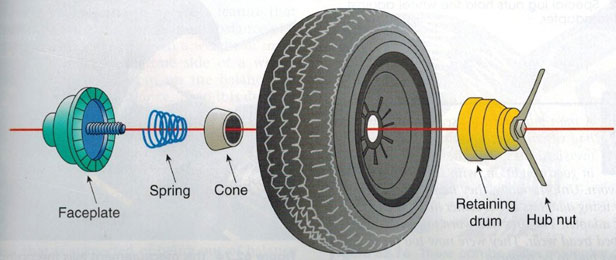 If you leave your car parked for extended periods without moving it, the tires might develop flat spots that cause imbalances.
If you leave your car parked for extended periods without moving it, the tires might develop flat spots that cause imbalances.
Wheel alignment (also known as tire alignment) refers to an adjustment of a car's suspension — the system that connects a vehicle to its wheels. It's not an adjustment of the tires or wheels themselves.
Alignment keeps your car from veering to the right or left. It also can improve the handling of your vehicle and stop unusual on-the-road vibrations.
Your vehicle might need an alignment if you notice any of the following:
Your alignment can get knocked out of whack after being in a car accident, driving over a pothole, or running into a curb.
The most significant benefit of balancing services is that they prevent premature tire tread wear. Technicians agree that getting your tires balanced every 5,000 to 6,000 miles (or as recommended by your manufacturer) can help extend their lifespan and improve their performance.
Wheel alignment benefits, on the other hand, include improved vehicle handling, fuel efficiency, and tire life. Firestone Complete Auto Care recommends that you have your vehicle's alignment checked every 6,000 miles or twice a year. Left untreated, alignment issues can shorten a tire's life by thousands of miles, and they can damage critical steering and suspension components.
| Tire Balance vs. Alignment Quicklook | |||
|---|---|---|---|
| Service | Definition | Signs It's Time | Benefits |
| Tire Balance | A tire balance corrects the weight imbalance on your tire and wheel assemblies.
| Uneven tire wear and vibration in your steering wheel, floorboard, or seat. | Proper balancing can lead to a smoother ride, less tire wear, and reduced strain on the drivetrain. |
| Wheel Alignment | An alignment corrects the angles of the tires so that they come into contact with the road in just the right way. | Vehicle pulls to one side, rapid tire wear, squealing tires, or crooked steering wheel when driving straight. | Proper alignment ensures a smoother ride for you and a longer life for your tires. |
Are you noticing symptoms of balancing and alignment issues in your car? Don't let them disrupt your flow. Schedule an appointment at your nearest Firestone Complete Auto Care for a zen-like ride that’s both relaxing and reliable.
Tire balancing is a tune-up for your wheel-tire set. It makes sure that weight is evenly distributed around the entire circumference of the unit. The common symptoms of out-of-balance tires are uneven and faster tread wear, poor fuel economy, and vibration in the steering wheel, the floorboard or the seat that gets worse at faster speeds.
The common symptoms of out-of-balance tires are uneven and faster tread wear, poor fuel economy, and vibration in the steering wheel, the floorboard or the seat that gets worse at faster speeds.
When all areas of the wheel-tire unit are as equal in weight as possible, the tire will roll smoothly. This helps it wear evenly, for longest life. Balancing also contributes to ride comfort: Imbalanced tires will wobble or hop up and down, which causes vibration. If a front tire isn’t properly balanced you’ll likely feel vibration in the steering wheel. If the problem is in the rear the tremor will be noticeable in the seat or floor.
Imbalanced tires are easily corrected, but the work is precise. It’s done by attaching small weights, just fractions of ounces, to the wheel.
Everyday wear on tires will contribute to imbalance. Normal manufacturing imperfections are also a cause: Tires and wheels don’t have precisely equal weight distribution. They’ll be slightly heavier in some spots.
They’ll be slightly heavier in some spots.
Just half an ounce in weight difference is enough to cause a vibration when you’re driving.
Rebalancing is done in a tire shop by putting the wheel-tire unit on a tire balancing machine that takes measurements to pinpoint lighter or heavier areas and making adjustments to account for these weight differences. The best time to get it done is when tires are being rotated, both for convenience and because you might have a tire out of balance on the rear of the vehicle and won’t feel it until it is moved to the front.
Here’s how it’s done:
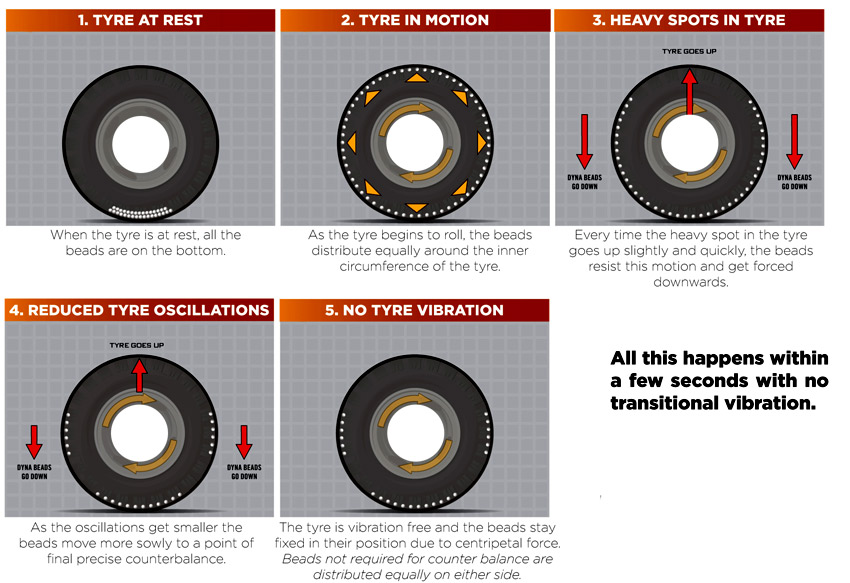 But sometimes it requires the tech to also move the tire on the wheel and then rebalance. This is because a heavy spot on the wheel and on the tire can sometimes line up together, causing a greater imbalance that needs to be corrected.
But sometimes it requires the tech to also move the tire on the wheel and then rebalance. This is because a heavy spot on the wheel and on the tire can sometimes line up together, causing a greater imbalance that needs to be corrected.Though both should be part of regular auto maintenance, balancing isn’t the same as getting an alignment. Wheel alignment corrects the angles of the tires so they travel in the same direction and make contact with the road properly. Alignment reduces uneven tire wear and extends the life of your tires. Oftentimes tire balancing and alignment are perceived to be the same thing, but are not.

Tire balancing and rotation are often done at the same time, but they aren’t the same service. Tire rotation is when a vehicle’s front and rear wheels are switched to even out tread wear between them. Since both require removing each wheel, it’s convenient to do them at the same time.
Vibration when underway could be caused by an imbalanced tire and wheel assembly or something else — a bent wheel, a damaged tire (which won’t be fixed by balancing), worn suspension parts or other aging components. If you feel a vibration, don’t wait to get it diagnosed. You’ll head off other problems — and enjoy a smoother ride — when your tires are well balanced.
Schedule an Appointment
Balancing appeared relatively recently, and many people neglect it, not seeing it as a special need.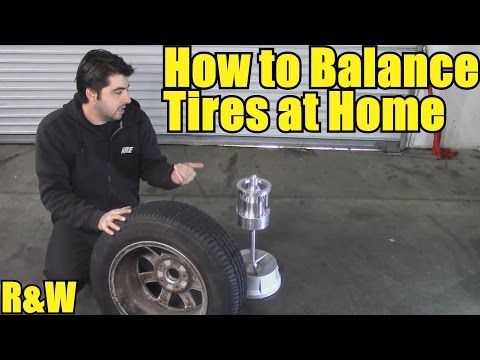 But periodically, the procedure is really needed, since in almost 100% of cases the center of mass and the geometric center of the wheel do not coincide. This causes a lot of discomfort while driving, increases tire wear and leads to a number of other negative consequences.
But periodically, the procedure is really needed, since in almost 100% of cases the center of mass and the geometric center of the wheel do not coincide. This causes a lot of discomfort while driving, increases tire wear and leads to a number of other negative consequences.
Each wheel has three important characteristics inherent in a rotating object:
When it comes to balancing, they mean the procedure for reducing to an acceptable level the imbalance of the wheel, its fastening, suspension elements, disc and hub. They strive to position the wheel so as to distribute its mass as evenly as possible relative to its center and axis of rotation. So each point of the circle will be located at an equal distance from the center, as it should be.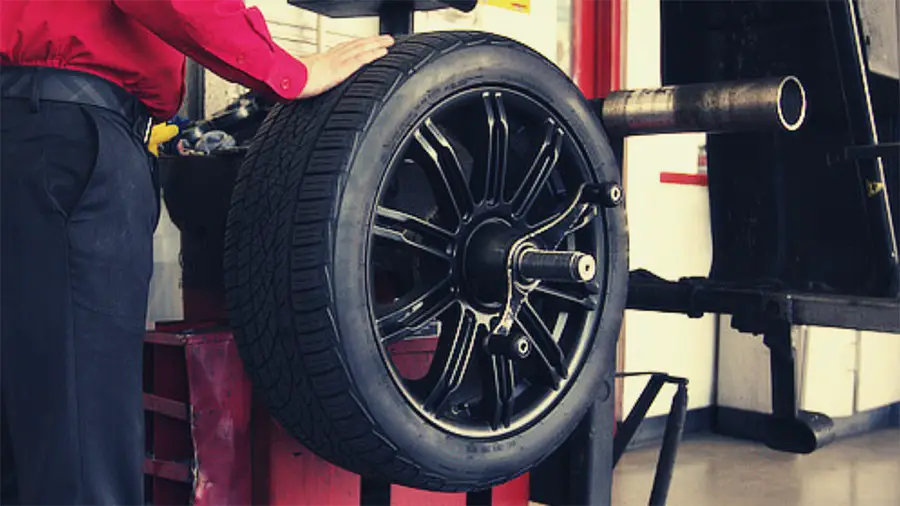
The main thing that affects the imbalance is the controllability of the car. Therefore, the imbalance of the wheels is easy to recognize by the following signs:
Vibration ranges from a slight noise to severe shaking that makes driving extremely unpleasant. By the type of vibration, you can also determine where the imbalance has appeared. If in the front wheels, then the discomfort will be felt primarily by the driver, since most of the imbalance will be on the steering wheel. If there are violations in the rear wheels, shaking will occur in the rear of the car.
Imbalance can be detected even by a sharp increase in fuel consumption. The greater the imbalance, the more gasoline the car spends. The increase in consumption is especially noticeable when accelerating to high speeds.
Imbalance is a state of the car in which there are parts in it that are not balanced with each other. These can be drums, tires or hubs. Their imbalance leads to a deterioration in the controllability of the car. The reason for this is the displacement of the center of gravity of the wheel from the axis of rotation, due to which it is no longer located equidistant from the entire surface. Such a wheel is considered unbalanced.
The wheel cannot be perfectly level on the axis of rotation. To control this parameter in the production of cars, there are errors that cannot be exceeded. When calculating them, the types of wheel imbalance are taken into account:
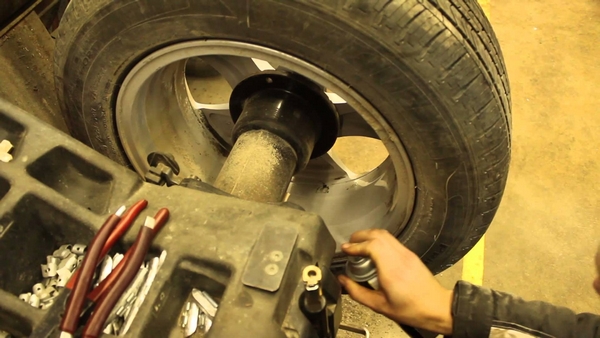
Dynamic and static imbalance rarely occur in isolation. More often there is a combined imbalance, which combines both types. Specialists can easily determine the type of violation even visually when lifting the car on a jack and spinning the wheel.
In most cases, the imbalance is directly related to the vehicle tires. The most common causes of imbalance are:

All this affects the quality of wheel alignment, which leads to a shift in their center of gravity and imbalance.
When driving on unbalanced wheels, the car owner may face negative consequences, including:
Many inexperienced drivers, even when faced with such discomfort, still doubt whether the wheels need to be balanced.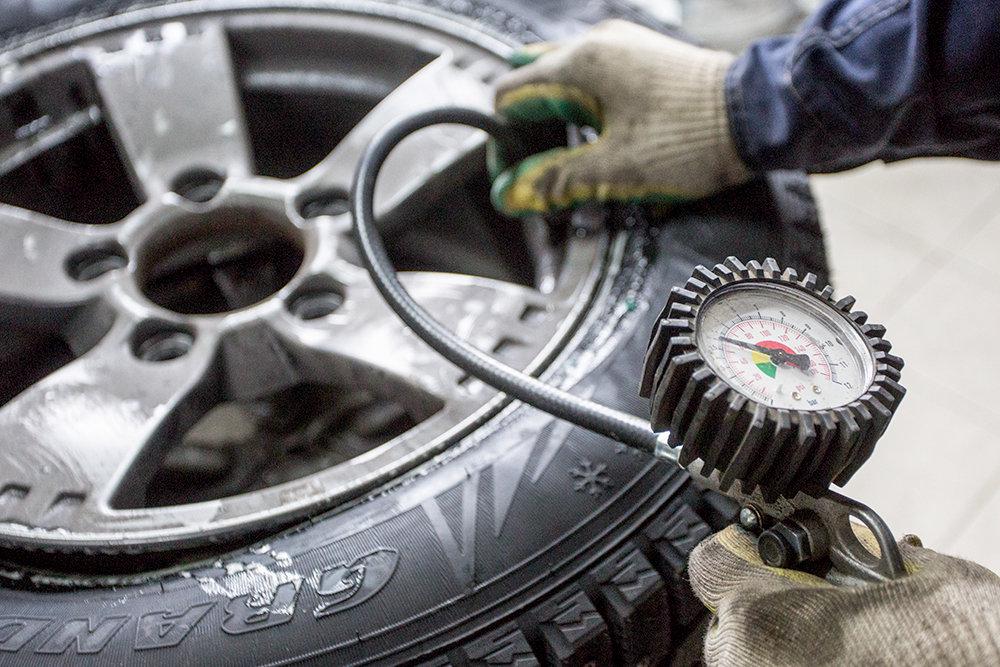 But the consequences can be even more serious up to the breakdown of the chassis of the car. For example, riding 14" wheels with only 20 grams of unbalance at a speed of 90 km / h is comparable to a blow to the suspension with a sledgehammer weighing 3 kg. If we take into account the frequency of rotation, then it experiences about 800 such shocks per minute. Now you can imagine what kind of load the wheels and other parts are experiencing.
But the consequences can be even more serious up to the breakdown of the chassis of the car. For example, riding 14" wheels with only 20 grams of unbalance at a speed of 90 km / h is comparable to a blow to the suspension with a sledgehammer weighing 3 kg. If we take into account the frequency of rotation, then it experiences about 800 such shocks per minute. Now you can imagine what kind of load the wheels and other parts are experiencing.
From this we can conclude that balancing really needs to be done. It provides a comfortable ride on roads of any kind and quality. Wheel balancing also performs several other important functions:
In which cases is balancing considered a mandatory procedure:

Timely contact with specialists will help not only to avoid premature wear, but also to ensure the safety of the trip on any road and at any speed. There are no laws that would make balancing mandatory. But still, you should not avoid it: repairs due to imbalance can be expensive, and in the worst case, passengers and the driver himself may suffer due to poor handling.
If we talk about the frequency of balancing, then here it is worth adhering to the following principles:
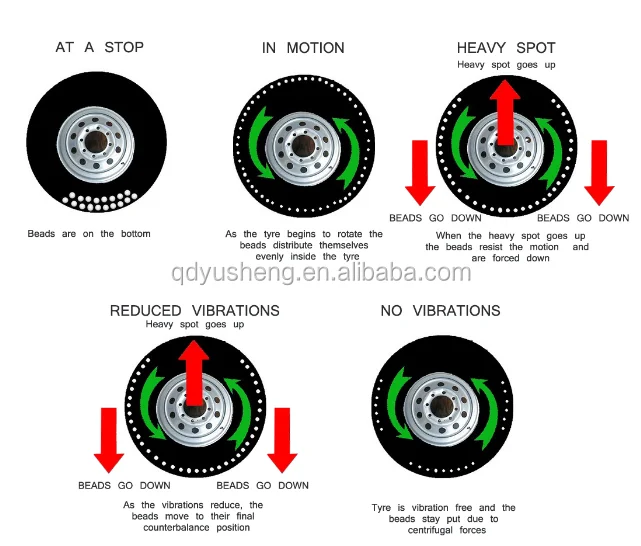
Compliance with these rules ensures the correct uniform wear of the tires even in the event of an imbalance. As a result, the car owner will be able to get by with just balancing and avoid a complete wheel change, which saves both time and money.
Since the cause of the imbalance most often lies in tires that are very worn out or were of poor quality, balancing alone will not be enough in this case. First you need to replace the tires and already balance them. Timely balancing of the wheels when changing tires and in other cases guarantees a long service life for the suspension and tires, and a safe and comfortable ride for the driver.
home
Articles
Articles
Author : Alexander Sapronov
Vehicle manufacturers supply vehicles with properly balanced wheels.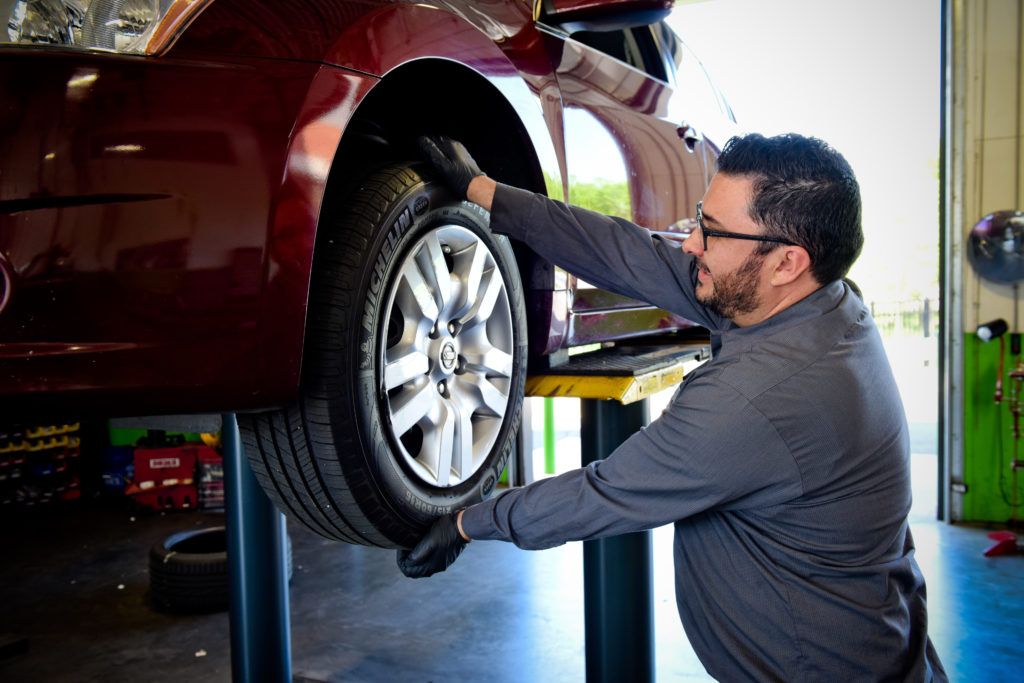 This allows you to ensure optimal handling, dynamics and safety of the car as a whole. The operation of the car from time to time leads to the fact that the balance of the wheels is disturbed. As a result, the steering wheel beats, road handling deteriorates, and significant wear of suspension parts occurs. Let's take a closer look at what balancing is, when it is needed and how to understand that the wheels are installed and balanced correctly.
This allows you to ensure optimal handling, dynamics and safety of the car as a whole. The operation of the car from time to time leads to the fact that the balance of the wheels is disturbed. As a result, the steering wheel beats, road handling deteriorates, and significant wear of suspension parts occurs. Let's take a closer look at what balancing is, when it is needed and how to understand that the wheels are installed and balanced correctly.
Contents:
Car wheel balancing is required:
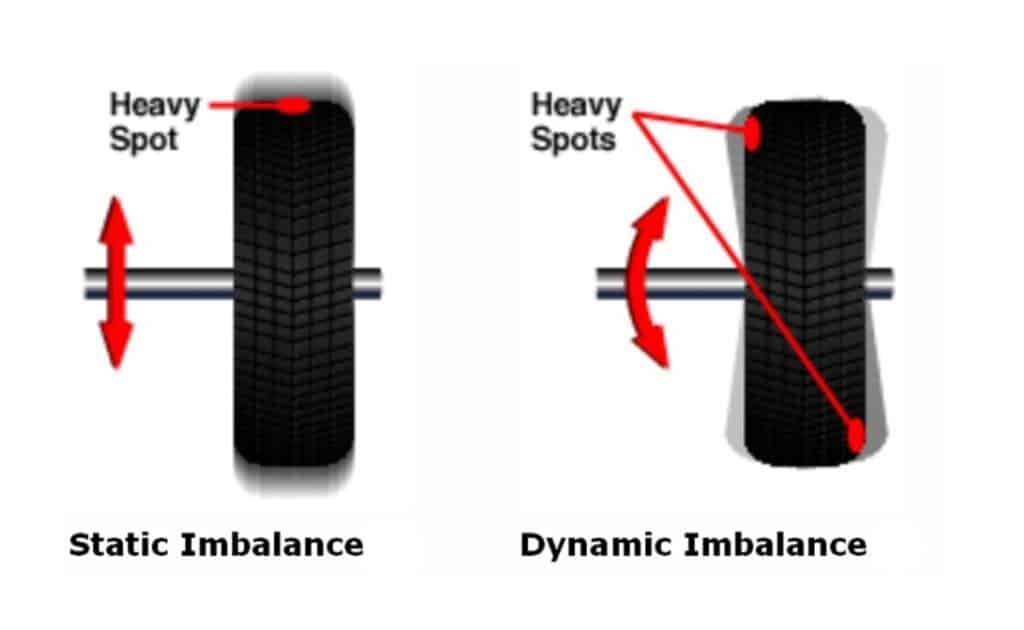
In the event of a “breakdown” of the suspension, wheel balancing may also be required. If you do not adjust the wheels in a timely manner, then there is a possibility of deterioration in the controllability of the car, which at high speed can lead to emergency situations. Therefore, it is strongly recommended to perform balancing in the above cases. Moreover, the process does not take much time. If the car owner does not have the opportunity to visit a tire fitting, then field wheel balancing in the city or region will help. The master himself will drive up to the client and use mobile equipment to check the wheels, perform all the necessary work on the spot.
There are two types of wheel imbalance:
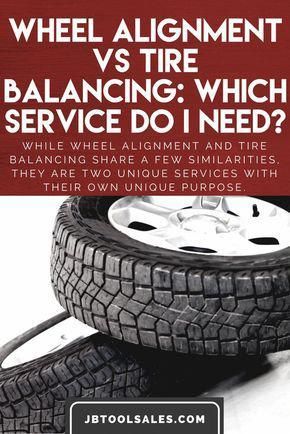 The wheel tends to rotate around the axis connecting the inner and outer half, which ultimately causes additional load on the bearings and leads to increased wear.
The wheel tends to rotate around the axis connecting the inner and outer half, which ultimately causes additional load on the bearings and leads to increased wear. Even after the static imbalance has been eliminated, a dynamic imbalance may remain. Therefore, it is important that the wheel balancing is carried out by the masters of a specialized car service using modern computer equipment for diagnosing car wheels.
When balancing, the wheel is removed from the car and installed on a balancing machine. After that, the wizard enters the parameters of a particular wheel into the computer. In accordance with the entered parameters and the characteristics of the installed wheel, after the tests, the computer provides information on exactly where on the disk and what weights need to be installed to eliminate the imbalance. The use of a 3D diagnostic stand in a car service allows you to accurately determine the imbalance, geometry violations, wheel beating.